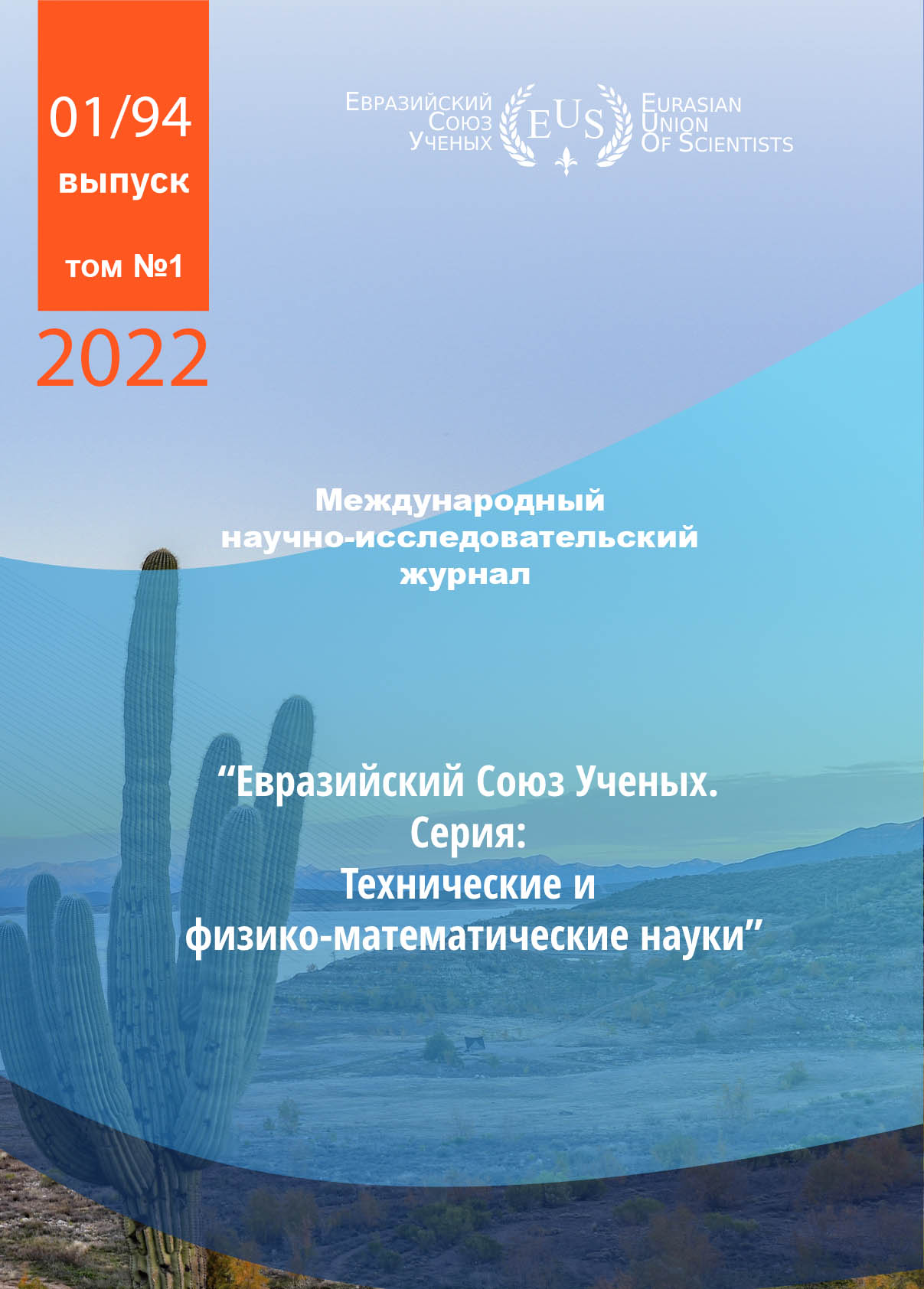ANALYSIS OF BEAMS AND SLABS ON AN ELASTIC FOUNDATION BY THE FINITE ELEMENT METHOD USING AN ELASTIC HALF-SPACE MODEL
Abstract
The problem of analysis of structures on an elastic foundation by the finite element method in the form of a
mixed method is considered. A method is proposed for finding the reactions of an elastic foundation in the matrix
of elastic properties of a finite element according to the method of B.N. Zhemochkin. The classical model of an
elastic half-space is used as a model of an elastic foundation. The proposed technique is implemented in the
Mathcad program for calculating a beam on an elastic foundation. An example of analysis and comparison with
the results obtained by other methods is given
References
2. B.N. Zhemochkin Raschet balok na uprugom poluprostranstve i poluploskosti. Izdanie VIA im.Kujbysheva, M., 1937
3. A.M. Maslennikov Raschet konstrukcij metodom konechnyh jelementov. Kujbyshev 1983.
4. A.M. Maslennikov Prilozhenie metoda konechnyh jelementov k raschetu stroitel'nyh konstrukcij. Leningrad 1978
5. V.A. Kiselev Raschet balok na uprugom osnovanii. MADI, M.,1981
6. N.N. Leont'ev, A.N. Leont'ev, D.N. Sobolev, N.N. Anohin Osnovy teorii balok i plit na deformiruemom osnovanii. Moskva 1982
7. Bosakov, S. V. Ob odnoj modeli uprugogo osnovanija i ee ispol'zovanii dlja rascheta prjamougol'noj plity na uprugom osnovanii / S. V. Bosakov, S.I Zinevich, O. V. Kozunova Stroitel'naja mehanika i raschet sooruzhenij. – № 4(279) – M., 2018. – S. 2–5.
8. Peyman Mianji, Ehsan Seyedi Hosseininia A modified method for modelling of spread footing under uniform distributed load using Winkler’s model, Sofia,
vol. 49 Issue 1 pp. 039-050 (2019)
CC BY-ND
A work licensed in this way allows the following:
1. The freedom to use and perform the work: The licensee must be allowed to make any use, private or public, of the work.
2. The freedom to study the work and apply the information: The licensee must be allowed to examine the work and to use the knowledge gained from the work in any way. The license may not, for example, restrict "reverse engineering."
2. The freedom to redistribute copies: Copies may be sold, swapped or given away for free, in the same form as the original.





